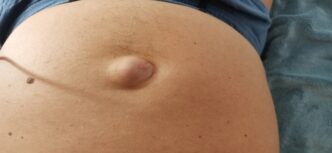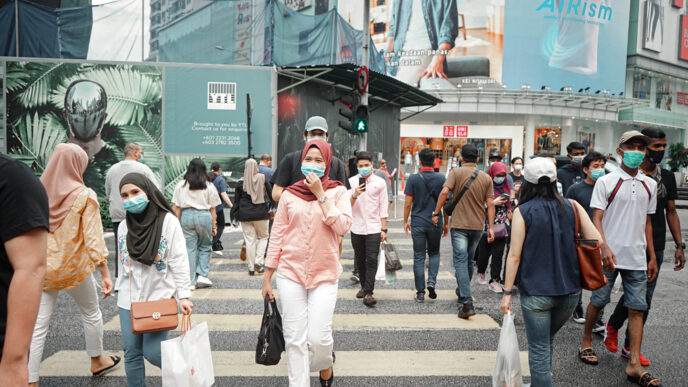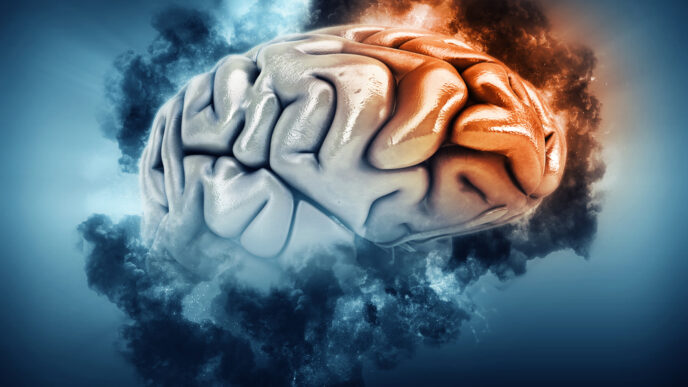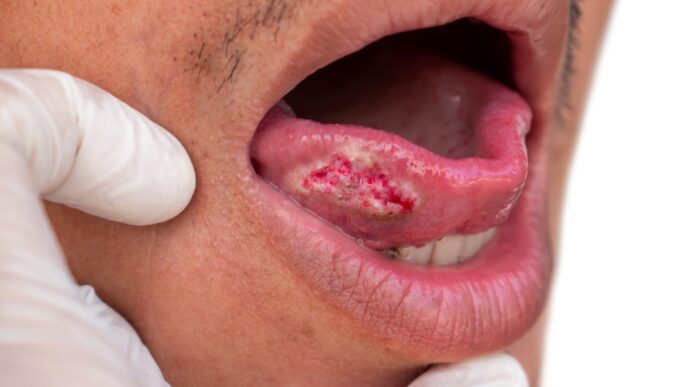A bezoar is a solid mass of undigested or indigestible substances — such as hair, fibres, milk pallets, medication residues, foreign substances such as plastic pieces, parasites, and more — that forms in the stomach.
WORDS LIM TECK CHOON
Most people with bezoar show no symptoms.
However, sometimes a bezoar can obstruct or perforate the bowel, leading to further complications.
Fortunately, it is generally very rare for someone to have to seek medical treatment due to symptoms caused by a bezoar in their stomach.
A MALAYSIAN INCIDENCE
In a paper published in 2016, a team of medical practitioners from Universiti Malaya — Dr Chieng Jin Yu, Associate Professor Dr Ho Shiaw Hooi, and the late Professor Emeritus Dr Goh Khean Lee —reported a rare incidence:
- A 76-year-old man with anaemia and a history of stomach surgery was found to have a bezoar of about 8 x 6 cm2 in his stomach.
- This was discovered while the man was undergoing a diagnostic endoscopic procedure called oesophago-gastro-duodenoscopy or OGDS.
COCA-COLA AS THE SOLUTION
- The team of gastroenterologists reported that they successfully removed the man’s bezoar by first injecting Coca-Cola — yes, the popular soft drink — directly into the bezoar.
- Next, the man drank 325 ml of Coca-Cola twice a day, followed by a procedure called endoscopic fragmentation.
- The soft drink helped to soften the bezoar, making it easier for endoscopic fragmentation to break up bezoar.
WAIT… COCA-COLA? REALLY?
- Oh yes. The effectiveness of Coca-Cola in breaking up a bezoar was first reported in 2002.
- With this revelation, Coca-Cola becomes an inexpensive go-to first option before the patient goes for endoscopic fragmentation.
- The use of this soft drink helps to improve the success rate of the fragmentation procedure as well as reduce the need for surgery!
HOW DOES COCA-COLA BREAK UP A BEZOAR?
Well, we still don’t really know why Coca-Cola works so well.
- One theory is that Coca-Cola contains sodium bicarbonate, a substance that is also found in baking soda. This substance can thin and break down the mucous that is holding a bezoar together.
- Another theory is that this drink contains carbonic acid and phosphoric acid that, upon digestion, form carbonic acid bubbles that break up the bezoar.
| This article is part of our series on pain and good pain management measures. |
Reference: Chieng, J. Y., Ho, S. H., & Goh, K. L. (2016). A giant gastric bezoar in Billroth II stomach: A case report on successful endoscopic removal via repeated fragmentation and dissolution technique negating the need for surgical intervention. Gastroenterology Insights, 7(1). https://doi.org/10.4081/gi.2016.6808














